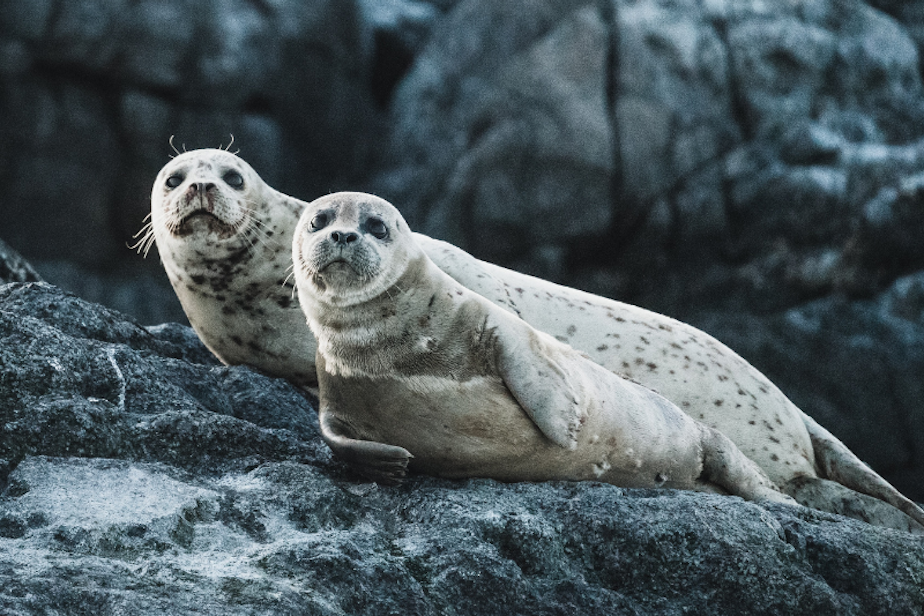Another reason to stay away from harbor seals in Puget Sound: Bird flu

Federal officials are warning the public to stay 100 yards away from harbor seals, after at least three became the first marine mammals on the West Coast to test positive for the highly pathogenic avian influenza H5N1 strain.
HPAI is a zoonotic disease that can potentially spread between animals and people, but officials with the National Oceanic and Atmospheric Administration say the risk to the general public is low. Beachgoers and their pets, nonetheless, are being warned to not approach seals, dead or alive, and to stay at least 100 yards away.
“The discovery of HPAI H5N1 in seals brings to light the potential for cross-species transmission and highlights the complexity of managing infectious diseases in wildlife populations,” said Kristin Wilkinson, NOAA Fisheries’ Regional Stranding and Entanglement Coordinator.
RELATED: Most of Western Washington's largest Caspian tern colony is dead. Can the seabirds rebound?
“As the investigation continues, the collaboration among agencies remains essential to understanding and addressing this situation.”
Sponsored
The USDA National Veterinary Services Laboratories say the adult seals were found stranded on Marrowstone Island on Aug. 18 and Aug. 25. No pups tested positive.
An ongoing HPAI outbreak has also killed 1,700 birds (Caspian terns and gulls) on Marrowstone Island and Rat Island since July. Both are located next to one another in the north Puget Sound.
RELATED: Bird flu and egg prices
If you encounter a sick, injured, or dead seal, do not move it. Call the West Coast Regional Stranding Hotline at (866)767-6114. You can also use an online form to report sick or dead birds and other injured animals.
While these are the first HPAI cases in marine mammals on the West Coast, the infection was found in four harbor and gray seals in Maine last year. That population experienced a spike in dead seal strandings that was roughly three times larger than normal, according to the National Oceanic and Atmospheric Administration.
Sponsored
Dr. Deborah Fauquier, a veterinary medical officer at NOAA, told the New York Times in 2022 that seals are likely catching the virus when they come into close contact with infected birds, or virus-laden bird droppings, after coming ashore.
RELATED: What happened when more than 1 million chickens got bird flu near Pasco
The virus was also detected among harbor seals in the Northeast United States in the 1970s and 1980s. Several also died in the early 1990s of pneumonia in Cape Cod, Massachusetts.
Scientists have also found it in dead seals in Canada, Russia, the UK and several countries in South America.




